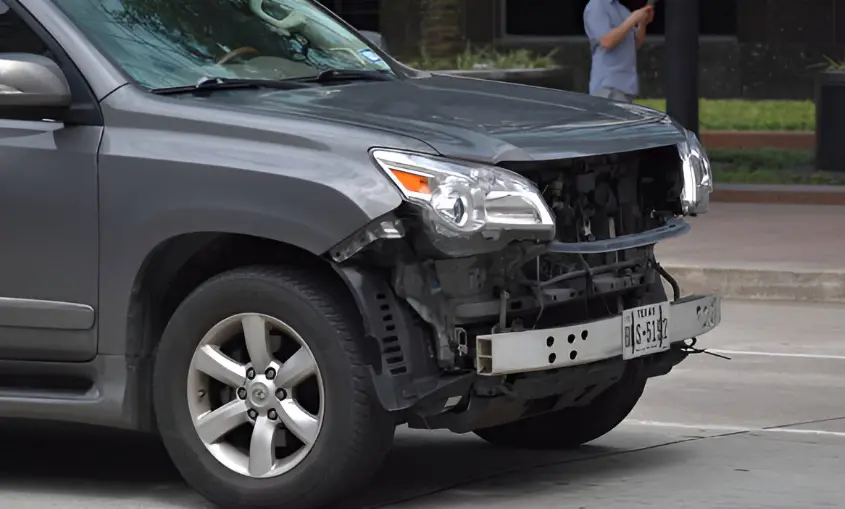A car accident can be a shocking event. The chaos and confusion might leave you feeling lost. Knowing what to do next can make a significant difference. You need to act quickly and carefully. First, ensure safety. Move out of traffic if you can. Then, check for injuries. Call 911 to get help on the way. Next, gather information. Take photos and exchange contact details with all parties involved. This preserves crucial evidence. Don’t forget to report the accident to your insurance provider. Timeliness matters. Speaking with an experienced Houston car accident lawyer is also important. They provide guidance and protect your rights. Lastly, seek medical attention. Some injuries don’t show up immediately. Quick action helps recovery and strengthens any legal claim. Your response right after a crash sets the stage for what follows. Remember these steps to protect yourself.
Step 1: Ensure Safety
Your first priority is safety. If your car is still operational, move it to the side of the road. This prevents further accidents. Turn on your hazard lights to alert other drivers. If you can’t move your car, stay inside with your seatbelt fastened until help arrives. Safety first is a rule you must follow.
Step 2: Contact Emergency Services
Next, call 911. Emergency personnel assess injuries and control the scene. In Houston, emergency operators are trained to manage accident situations. This link offers guidance on what to expect when you call 911: Houston Emergency Communications. Inform them of your location and the number of people involved. Prompt response minimizes injury impact and ensures safety for everyone involved.
Step 3: Gather Information
After contacting emergency services, document the scene. Take clear photos of vehicles, damages, and the surrounding area. Exchange names, phone numbers, and insurance details with others involved. Also, note the time and weather conditions. This information helps insurance companies and legal advisors. Use a simple table to ensure you collect all necessary details:
| Information Type | Details to Collect |
|---|---|
| Contact Information | Names, Phone Numbers, Addresses |
| Insurance Details | Company Name, Policy Number |
| Vehicle Information | Make, Model, License Plate |
| Accident Scene | Photos of Damages, Surrounding Area |
Step 4: Report the Accident
Immediately report the accident to your insurance company. Timely reporting is vital. Insurance companies use your report to determine coverage and liabilities. Be honest and detailed in your description of the incident.
Step 5: Seek Medical Attention
Finally, get checked by a medical professional. Not all injuries are visible right away. Symptoms can appear days later. A doctor can identify issues like internal injuries or whiplash. Medical records support your recovery and any legal claims. Your health is invaluable, so prioritize it even if you feel fine. Regular follow-ups ensure no injuries are overlooked.
Conclusion
Being prepared for a car accident means acting swiftly and wisely. Safety, medical attention, and thorough documentation are essential. Always report the incident to your insurance and consult with an experienced attorney. These steps help you navigate the aftermath of an accident with confidence. Remember, quick, decisive actions protect you and your rights.
Also Read- Prevention First: Key Ways to Safeguard Public Health
